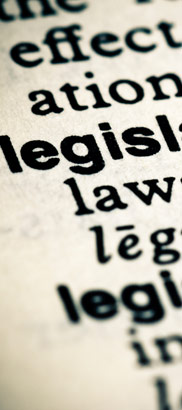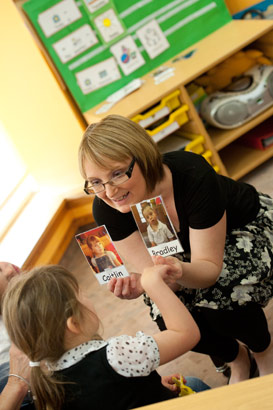
Schools have a general duty under the Equality Act 2010 to take a proactive, whole-school
approach, in relation to people with characteristics
protected by the Equality Act, to:
- Eliminate discrimination and associated conduct;
- Foster good relations between all;
- Advance equality of opportunity.
This applies to all decisions and activities related to anyone currently associated with the school, as well as future pupils. It will involve actively reviewing policies, procedures and plans and removing barriers (eg around admission, recruitment, participation, etc).
The Department for Education publication, The Equality Act 2010 and Schools (2014) offers advice to schools on obligations and best practice under the Equality Act 2010.

A school's duty to make 'reasonable adjustments' applies only to disabled people – not to others with protected characteristics under the Equality Act 2010.
From the Disability Discrimination Act 1995 onwards, schools have had to make reasonable adjustments to avoid (as far as possible) a disabled person experiencing disadvantage due to his or her impairment.
The duty to make reasonable adjustments applies to
three areas:
- Deciding who is offered admission as a pupil;
- The provision of education;
- Access to any benefit, service or facility.

The factors a school may consider when assessing the reasonableness of an adjustment
may include provision under other Acts (eg Children and Families Act 2014; Education
Act 1996), the additional financial or other resources required, its effectiveness
(either standing alone or in combination with other adjustments), its effect on other
pupils, and any health and
safety requirements.
Schools are not subject to the other reasonable adjustment duty to make alterations to physical features because this is already considered as part of their planning duties.
Further information is provided in the Equality and Human Rights Commission's website.

Courts and tribunals have taken into account the following areas among others when considering the discrimination and disadvantage of disabled pupils:
- 'Admissions;
- 'Failure to administer medicines;
- 'Lack of risk assessments;
- 'School trips;
- 'Punishment for behaviour related to disability;
- 'Failure to deal with bullying related to disability;
- 'Selection arrangements;
- 'Excluding pupils from activities for health and safety reasons;
- 'Dis-applying from the National Curriculum unnecessarily'.
(Carter, n.d.)

Within your school or setting, in one or more of the areas on the previous slide, what permanent, general adjustments can you identify that have been made to meet the needs of children/young people with disabilities?
These may be general adaptations to the environment or equipment, or they may be specific to individual needs.
Consider the children/young people with disabilities in your class. What adjustments
have been made that meet their
individual needs?
Consider each adjustment that you have identified. What effects do they have on other pupils – positive, negative or neutral?
You may find that many of the adjustments made to benefit pupils with disabilities also benefit other pupils.

How do you/does your school
ensure that adjustments made for a child/young
person in one context are made known to staff working with the same child/young person
in
other contexts?
How do you know what adjustments are made for children/young people in groups that you do not teach but whom you may meet around the school? This might be particularly relevant for a pupil with speech, language and communication needs (SLCN).
Watch this video clip in which Teresa, a teacher in a special school, explains why signing is an important form of communication for many children/young people with learning difficulties.
How does the school make sure that everyone involved with pupils is able to communicate
with them
through signing?
Answers
- The school aims to involve everybody in signing and makes sure that all staff know the basic signs.
- Courses run regularly to introduce all new members of staff to signing. Any member of staff who comes into contact with children/young people is trained, including teachers, teaching assistants, office staff and lunchtime supervisors.
- Other people, from outside the school, who have contact with children/young people are also invited to courses, eg escorts and drivers who transport the children/young people to and from school and physiotherapists.
- Parents are also invited to attend signing courses.
Return

Legislation and guidance
- Equality Act 2010
- Supporting Pupils at School with Medical Conditions (Department for Education, 2014)
- The Equality Act and Schools (Department for Education, 2014)
Other publications
- Carter, J. (n.d.) 'Disability equality and implications of the Equality
Act 2010'.
Warwickshire: Integrated Disability Service
Media
- Equality and Human Rights Commission – codes of practice; reasonable adjustments;
Medical Conditions at School
